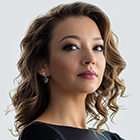20 Photography Cheat Sheets & Infographics

If you are a beginner, you can use these photography cheat sheets to learn about different aspects of photography art and the way a camera works. Cheat sheets are a great method to memorize or study something. Use these infographics to save all tricks and tips at hand.
20 Photography Cheat Sheets
Learning how to take good portraits or other photos may be quite hard if you don’t know the basics or some key photography notions. This post will give you a general understanding of how a photo is created, which settings you need and how a camera works.
1. Basic Camera Cheat Sheet

Creating an image starts with a lens. The light gets onto the photosensitive element that captures the image. This element is the matrix, which is covered by the camera shutter.
When you take a shot, the shutter uncovers the matrix for some time and lets the light get to it. A DSLR camera consists of a body and a lens. The matrix is inside the body.
- View more about Aperture and Depth of Field.
2. Manual Camera Settings Cheat Sheet
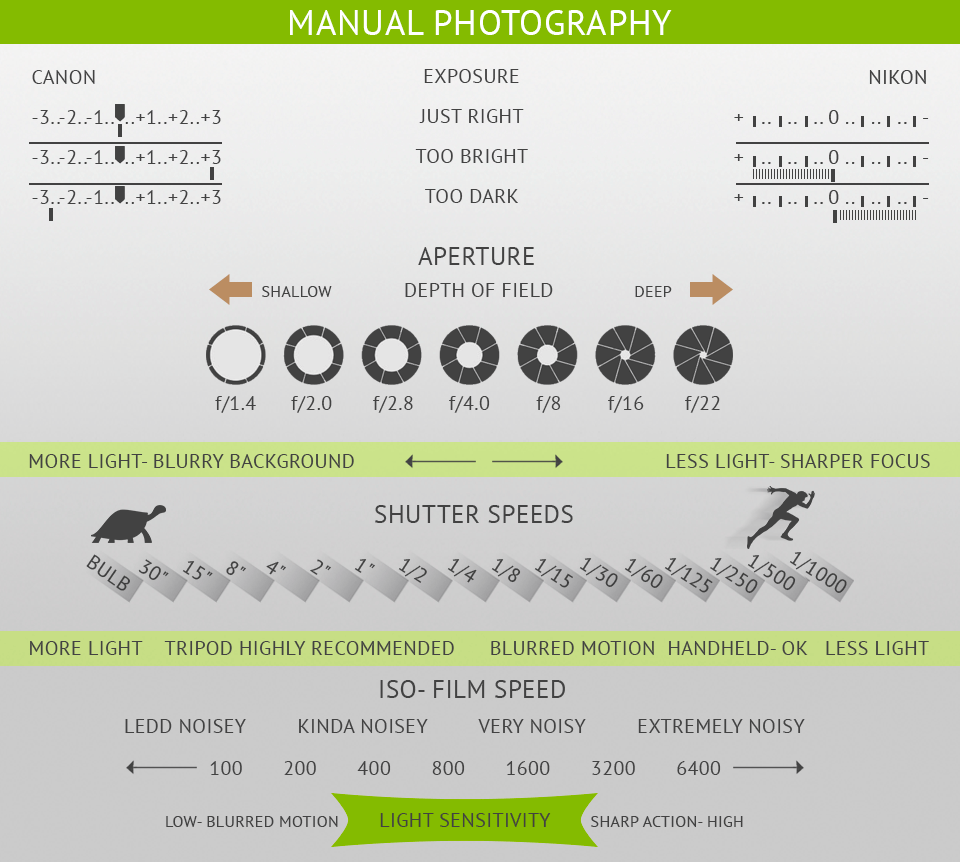
The first thing to consider in Magic mode is ISO. ISO shows how sensitive your camera sensor is to the image that gets onto it.
Aperture is what comes next. In the manual mode, you can set its value too. In old cameras, the aperture is adjusted manually on the lens. Shutter speed is another parameter. It is the time during which the light hits the photosensitive matrix.
3. Digital Cameras Types Cheat Sheet

One of the most popular cameras is a point-and-shoot one. This is the simplest and cheapest type of digital camera. The prices on point-and-shoot cameras start from $40.
Next in line is an Ulta zoom camera, which is basically a point-and-shoot but bigger. Ergonomically, an Ulta zoom is more comfortable. Its main difference is a built-in universal lens with large magnification. 20 to 50 zoom is a standard for an Ultra zoom.
- Learn more about the best DSLR cameras.
4. The History of Photography Cheat Sheet
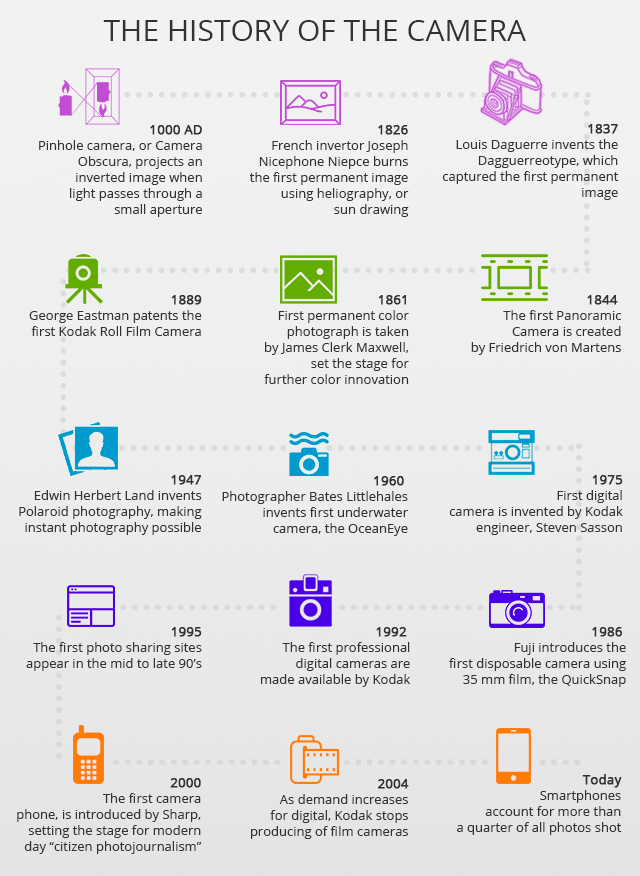
Every year more and more new models are released, which are equipped with various functions. Unfortunately, few people know the history of the camera.
The first device was released about two hundred years ago, and the invention made a splash. But then he still could not have imagined that the invention would quickly become more advanced and would be so popular.
- Read more about the history of photo editing.
5. Low Light Photography Cheat Sheet
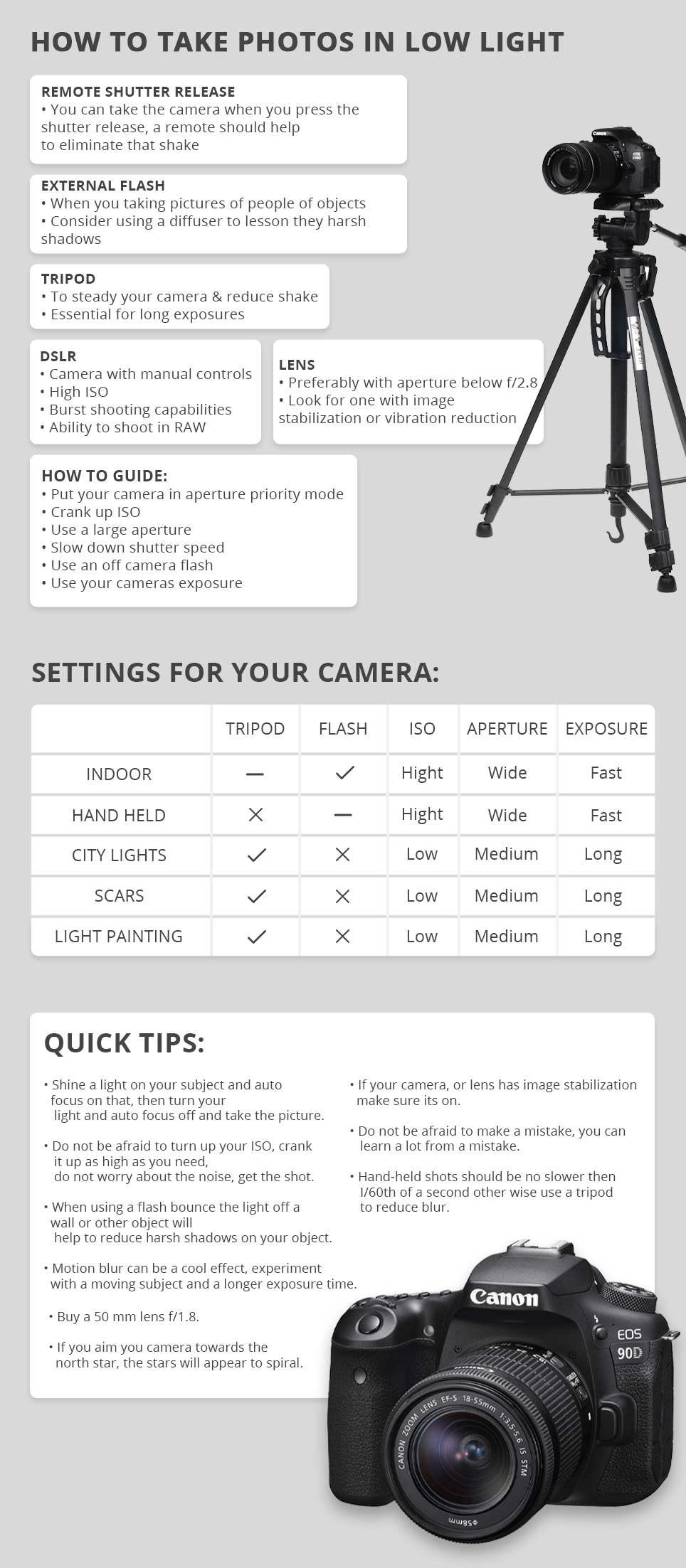
Start by using a wide aperture (small ‘f’ value), as this will increase sharpness. If your camera allows you to adjust the settings manually, you can change the aperture. This way, you can set how much light will get through the lens.
The more light gets in, the faster the shutter speed can be. Fast shutter speed helps get rid of blurring in case of movement. The best shutter speed value for shooting moving objects is 1/125 or less.
- Learn more about the best low light cameras.
6. ISO Cheat Sheet
ISO is a way to identify how photosensitive your camera is. When the ISO value is low, the photosensitivity is also low, which requires more light to take a good photo. With the higher ISO values, the photosensitivity is high, which means less light is needed for great exposure.
- Learn more about camera setting for product photography.
7. Exposure Triangle Cheat Sheet
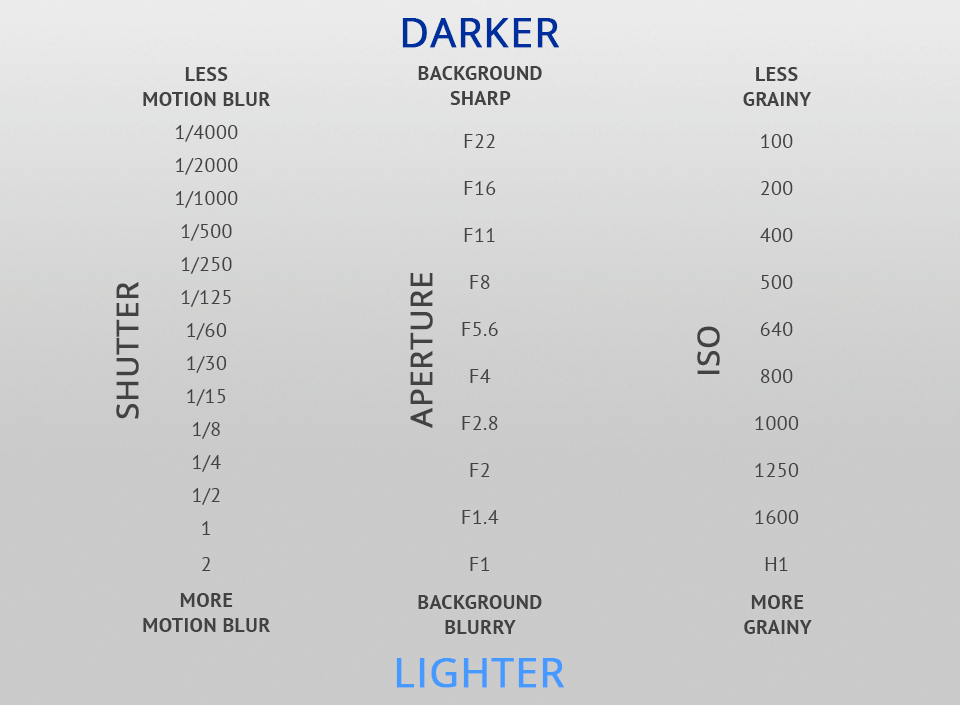
Each element of the exposure triangle in one way or another interacts with light and influences the exposure.
ISO is the value of your camera’s photosensitivity (the higher the value, the more sensitive the camera).
The aperture regulates the amount of light that gets onto the sensor. The wider the aperture, the more light can get in, which is usually the lower aperture value. For example, the f/1.4 aperture number is higher than the f/2.8.
8. Shutter Speed Cheat Sheet
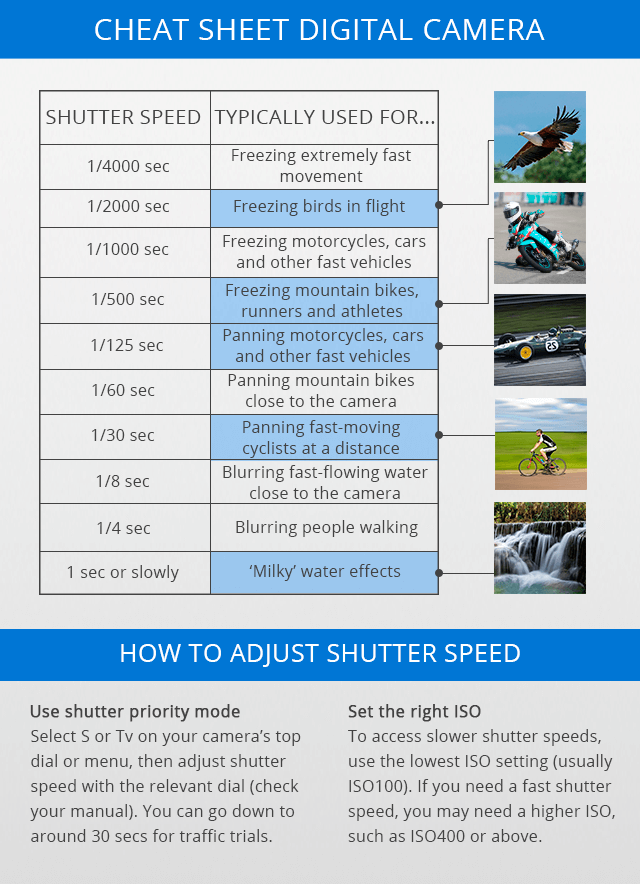
Shutter speed is one of the most important parameters of a camera. If the value is 1/100, it means that the shutter will be open for 1/100 of a second or 0.01 seconds. Most cameras have a wide range of shutter speed values, starting from thousandths of a second to a couple of seconds.
DSLR cameras also have the Bulb mode, which allows you to keep the shutter open as long as you need. In auto mode, the camera will try to select the best shutter speed. Unfortunately, this may result in a blurred image. Adjusting it manually is the best option.
9. Lenses Cheat Sheet
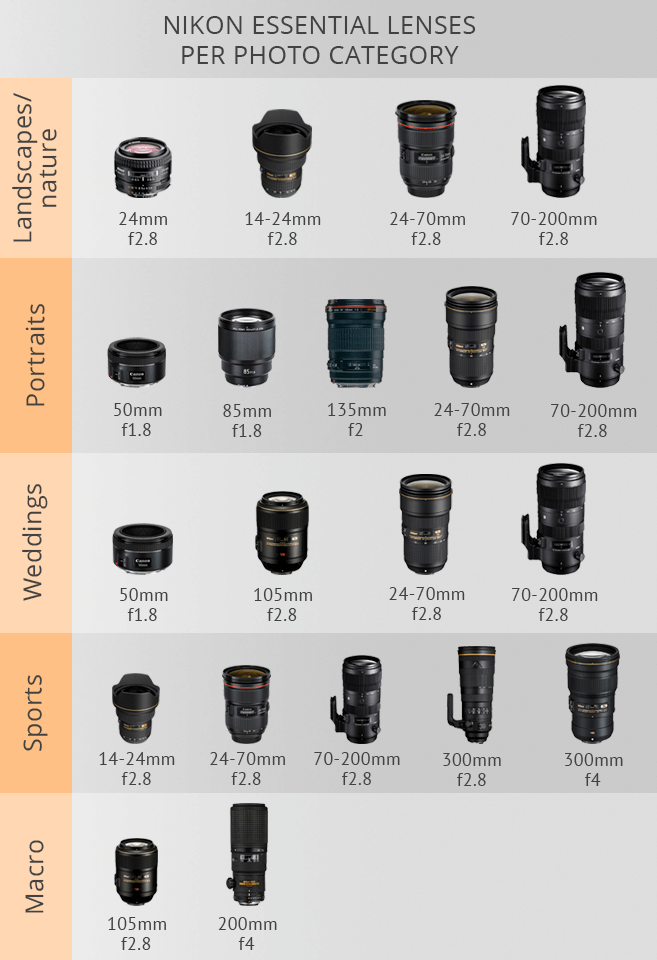
Lenses are very important in photography. It is a lens that will help you take a great picture. When choosing a lens, I recommend buying one with a wider rim.
When photographing, this will help you make the most of the light and avoid lens curvature, which will be larger if the lens is narrower.
- Learn more about the best lenses for portraits.
10. Composition Photography Cheat Sheet

A composition is one of the most important elements of an image. After you learn all technical peculiarities, you should concentrate on the creative component of your work. Exactly at this point, you get acquainted with the composition, which in the fine arts is shaped by the creative view of an artist.
- Check out photography series ideas.
11. Calculate the Histogram Cheat Sheet
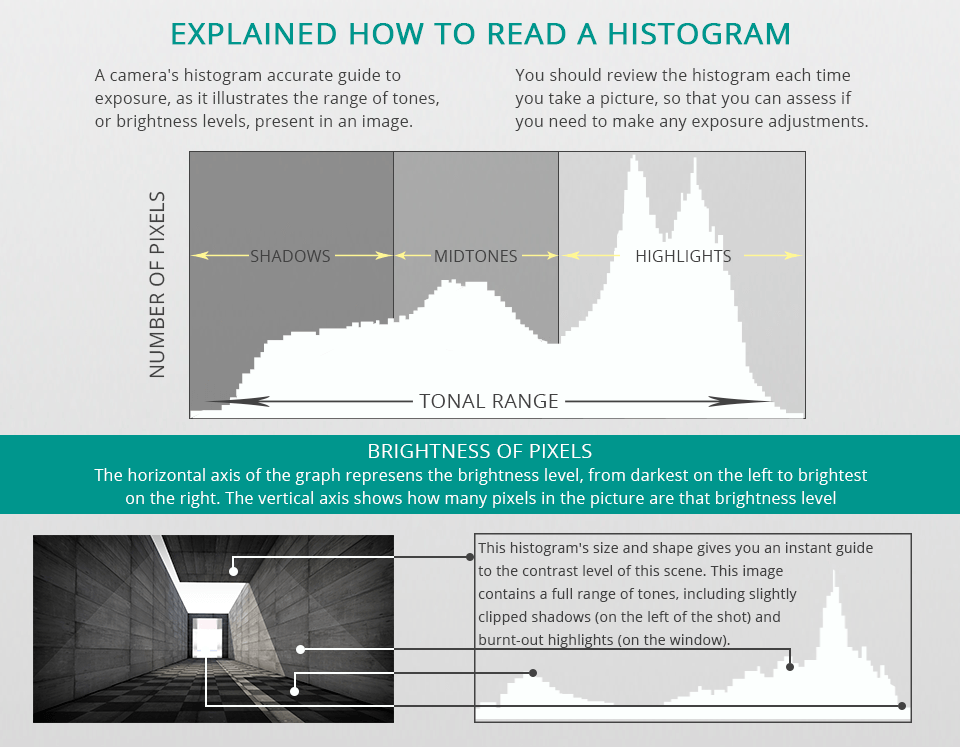
Talking about basic photography cheat sheets, I cannot help but mention a histogram. It helps see the tone range in your shot and the way these tones are captured by the camera. For example, a winter snowy landscape will be mainly white, the percentage of the image with dark values will be insignificant.
The area of the shot occupied with specific brightness “is measured” along the vertical axis of the histogram. The histogram tells us about two sides of the image: brightness and image area which contains the info about the brightness.
12. Nikon Metering Modes Cheat Sheet
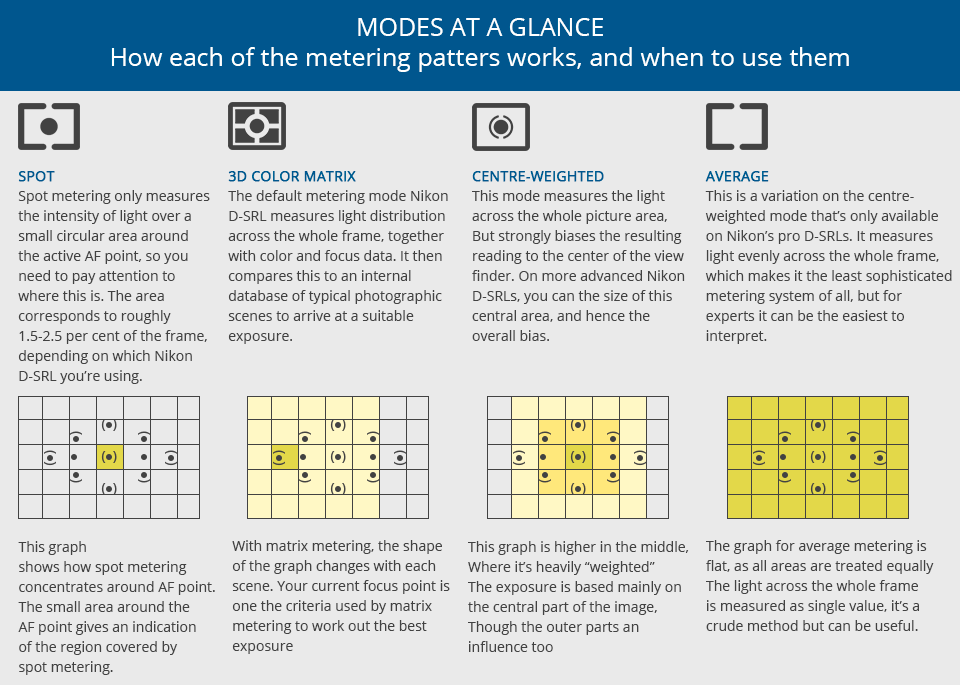
There are three main modes to meter exposure: matrix, center-weighted and spot.
A spot or partial mode resemble each other and work with small image areas (as a rule, in the center of the frame). In the process of spot expo metering, this area is equal to approximately 1-5% of the whole picture while a partial metering covers the wider area, about 15% of the whole frame.
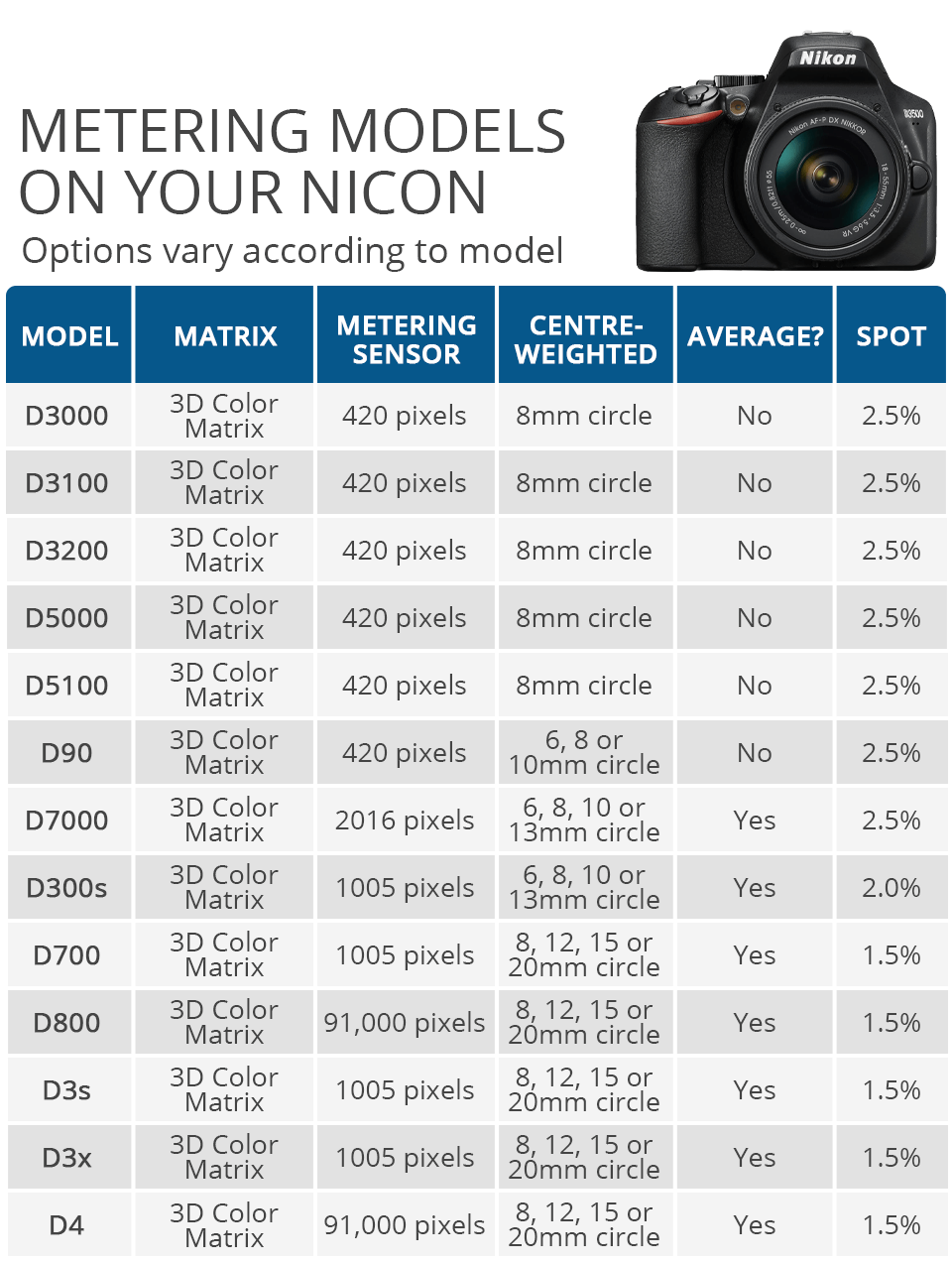
- Lear more about Nikon photography Cameras.
13. Three Ways to Influence the Depth of Field
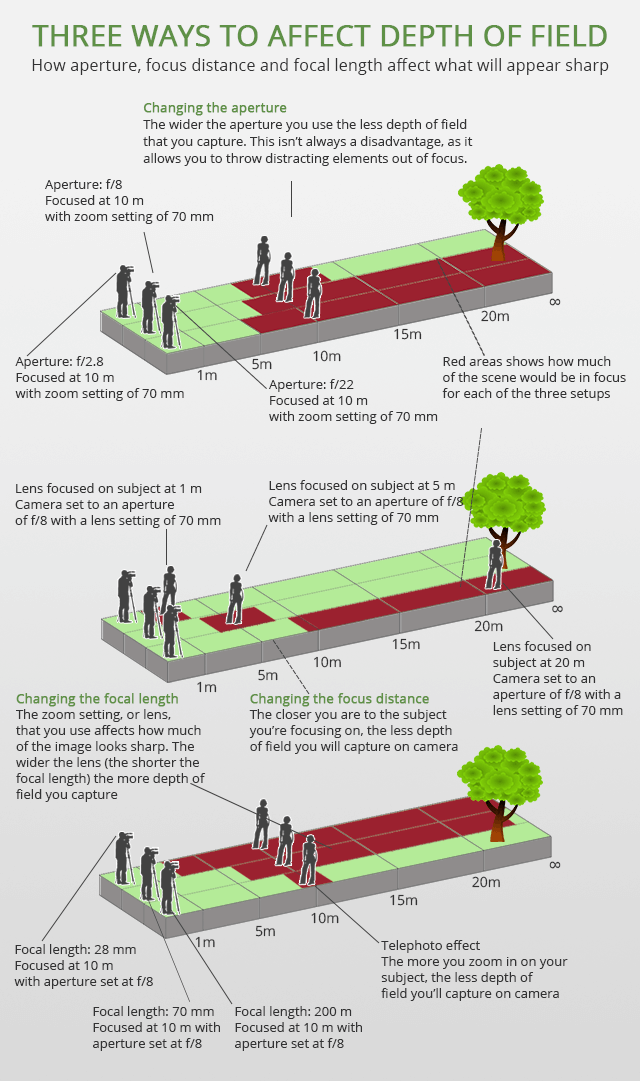
The depth of field is something that is interesting to play with and, of course, there are some photography cheat sheets that will help you use it to your benefit. You can get fantastic photos when you have control over the depth of field.
It is controlled by three variables: focus distance, aperture and distance to the object. Two of them are proportional to the depth of field. These are the aperture and distance to the object.
14. Macro Lens Cheat Sheet
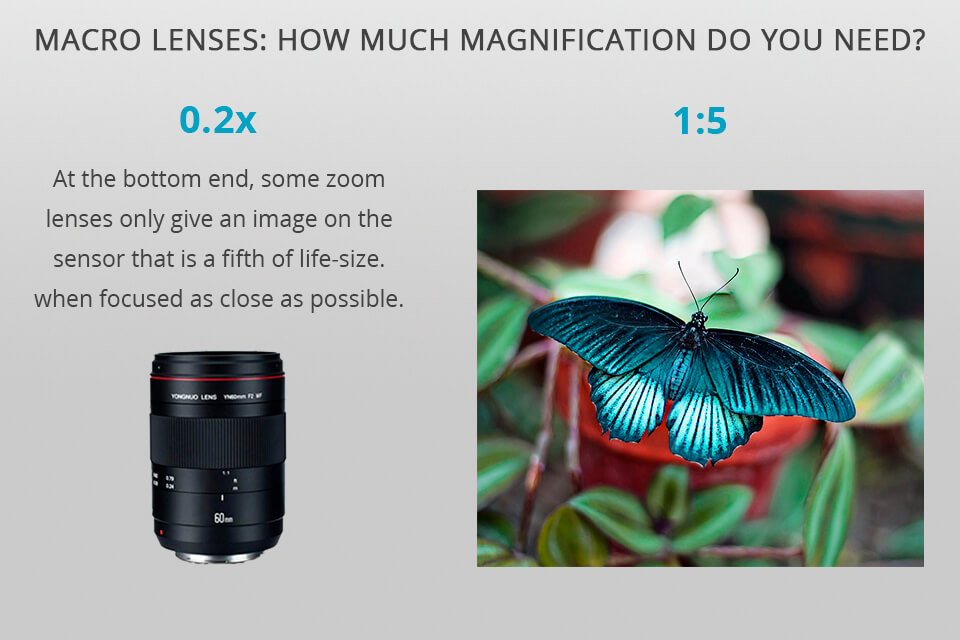
A macro lens is an optic device that is used to take very detailed pictures. There are 2 types of macro lenses: long and short focal length ones. The long-focal-length macro lens is the one that has a focal length bigger than the frame size, which is usually between 100 and 180mm.
- Learn more about the best lenses for product photography.
15. Temperature Cheat Sheet
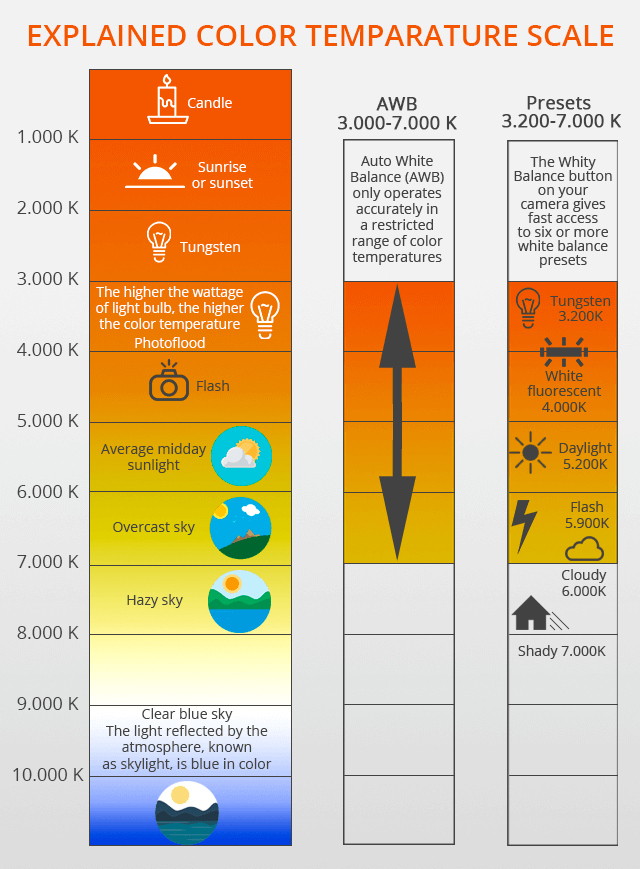
A camera cheat sheet should necessarily include tips regarding temperature. Color temperature is one of the main characteristics of the light in the frame. Yellow, blue or green shade may appear in different lighting conditions.
16. Understanding F-Stops Cheat Sheet
Alt: f-stop cheat sheet

Shutter speed is the time during which the camera shutter is open while you are shooting. The longer the shutter is open, the more light falls on the sensitive element of the camera and the more the overall impact is. Half doubling or reducing the time of the shutter speed leads to increasing or decreasing of the impact by 1 stop.
- Learn more about f-stop full stop photography.
17. Newborn Photo Cheat Sheet
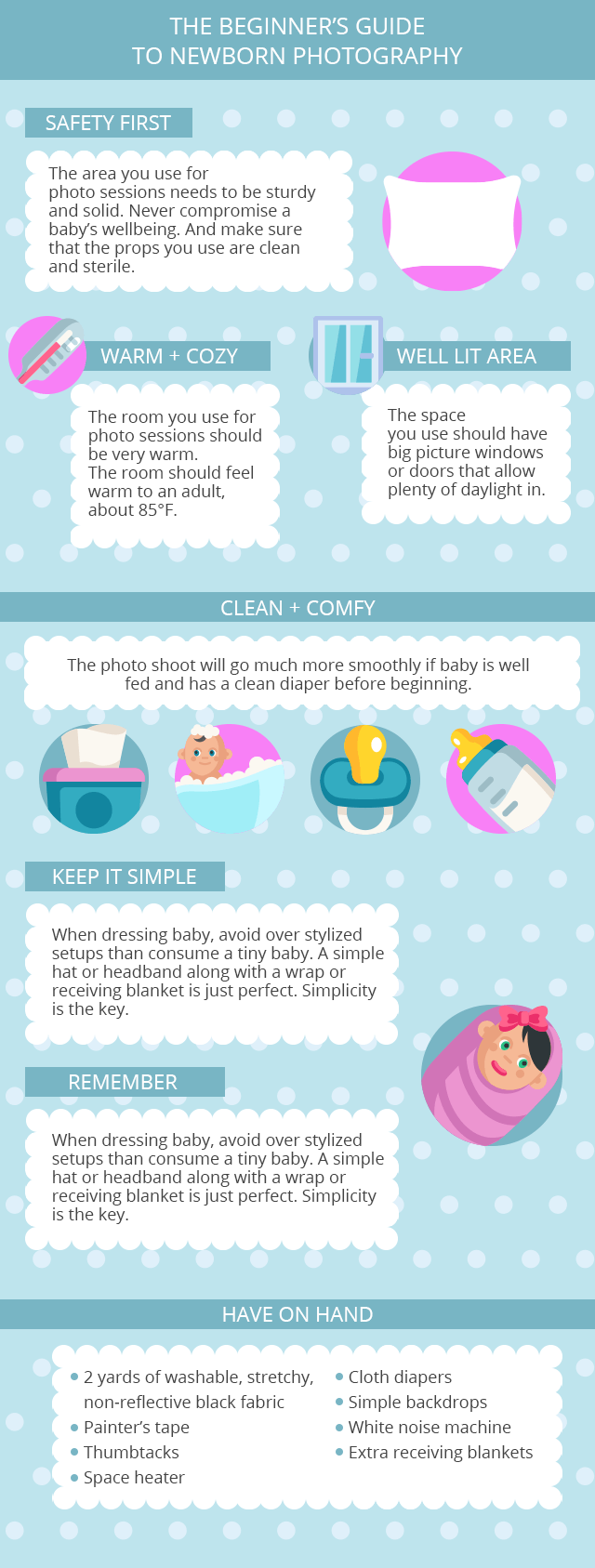
If you are a beginner in newborn photography, you can’t do without photography cheat sheets. An ideal age for babies to become “models” is 2-3 weeks. If a baby is younger ‒ he/she is put into special baskets for newborns, wrapped in baby linen or short baby's undershirts.
However, when you take pictures of babies from 1 to 3 months, the images turn out to be more interesting because children response to sounds, smile to their mother and may be active longer. It means that you may use more creative concepts for shooting.
- Read more about DIY Newborn Photography.
18. White Balance Cheat Sheet
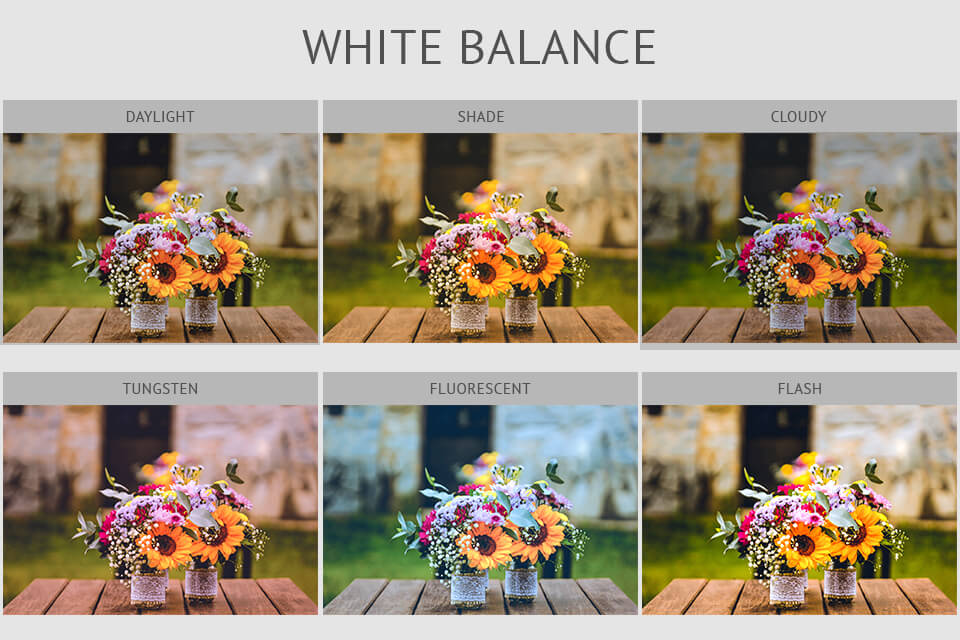
White balance is a color adjustment that depends on the light source and controls the image in such a way that white areas do not acquire warm or cold shades.
If you want to get rid of the “nasty” shades in the frame, adjust white balance correctly. You should choose appropriate camera settings (daylight, flash, light bulb, etc.) or enter the specific value of the color temperature in Kelvin in the manual mode.
You may also shoot in RAW format and it will allow you to correct white balance in image editing programs.
19. Portrait Lighting Photo Cheat Sheet
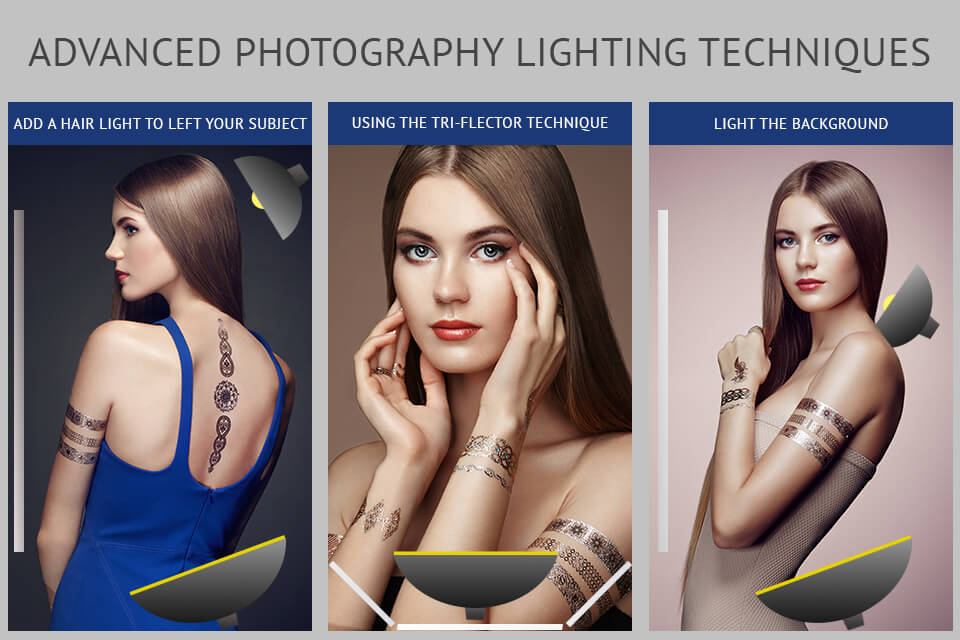
Using daylight is a great way to add a subtle and more natural look to your portraits. Therefore, pay attention to this camera cheat sheet and you will know how to successfully work with lighting.
One of my favorite working techniques with natural lighting is placing the model near a window and using the light coming through it. You may control the amount of lighting using the curtains or shutters as well as to vary the distance and the angle.
- Read more about portrait photography.
20. Know Your Photographer Rights
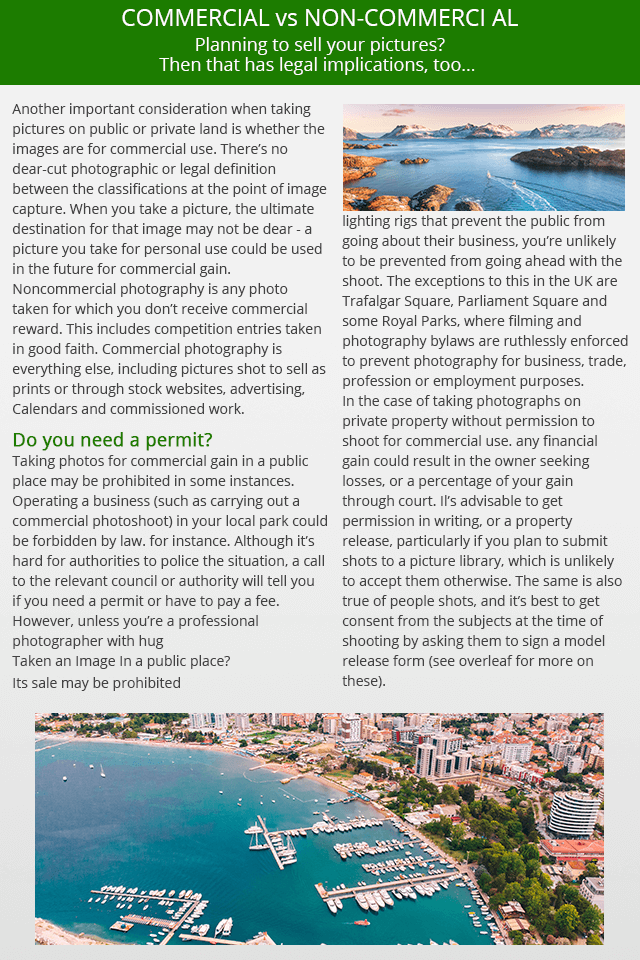
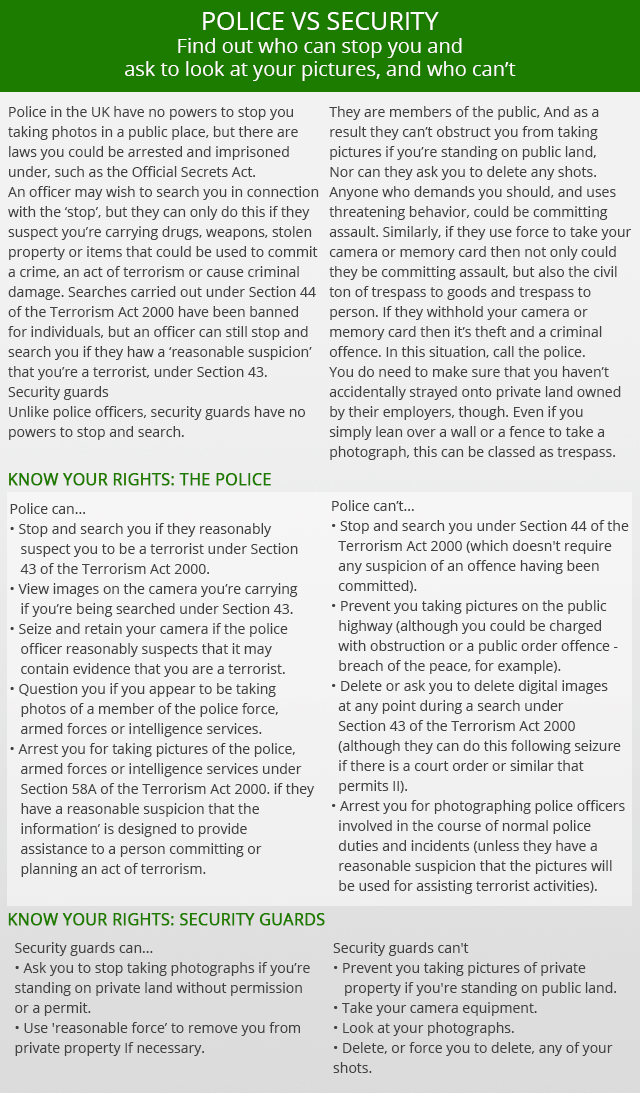
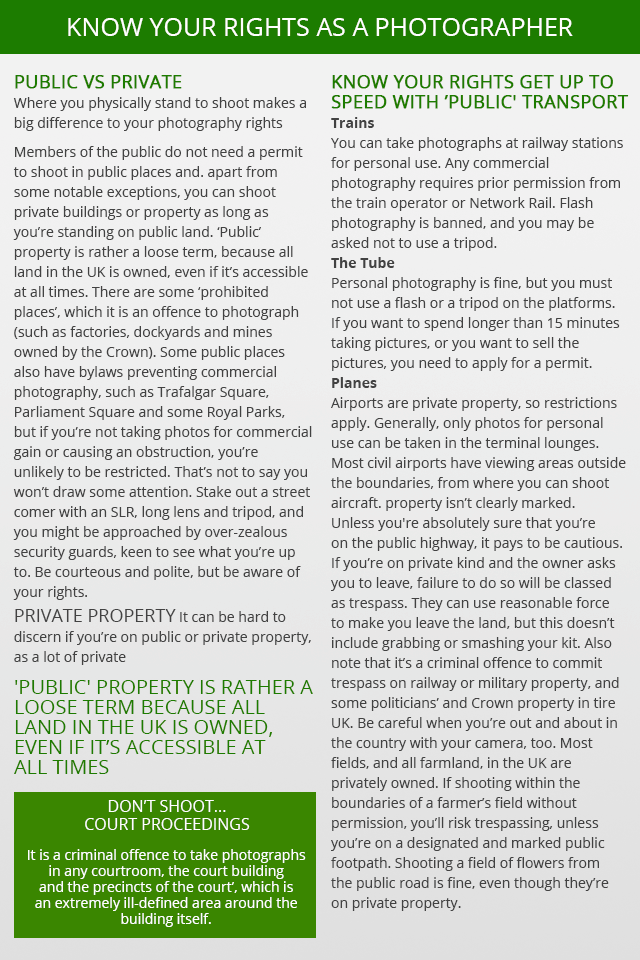
According to the data of the American Civil Liberties Union, in the USA, there are five basic clauses that define shooters rights:
- Being in the public place on legitimate grounds, you have the right to shoot everything that is visible for you.
- When you are in the private property, the property owner may establish the rules for shooting.
- Police officers can’t seize your photos or require viewing them without a warrant.
- Under no circumstances, police can delete your images or videos.
- Police officers may legally order citizens to stop doing things that indeed interfere with law enforcement operations.
- Lear more about where photography is not allowed.


